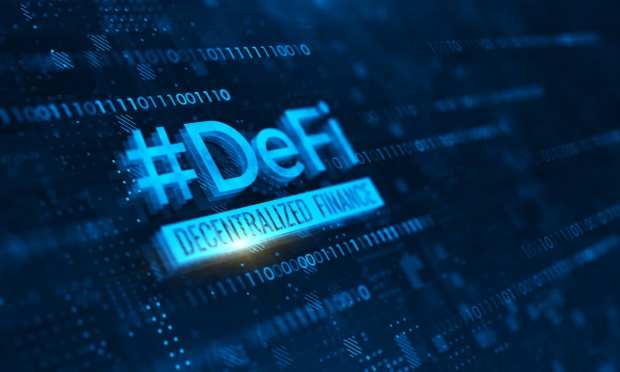Circle’s $440 Million Funding Round Underscores DeFi’s Rise

If you subscribe to the old saying “follow the money,” this might be a good time to take the lead of the big-dollar investors and VCs who are putting significant sums to work in the decentralized finance space. That budding business that allows individuals and enterprises to trade, access and create new financial products directly, without traditional intermediaries of the financial system.
This in the wake of an announcement last month that saw Circle, which is focused on stablecoins and public blockchains, bringing in $440 million in new funding.
As reported, the investors include Fidelity Management and Research, Digital Currency Group and DTX.
The company’s blog post announcing the financing stated that Circle “is now poised to meet significant global demand for its products and services aimed at marrying the existing financial system with breakthroughs in digital currency within payments and finance.”
At a high level, decentralized finance (DeFi) means what it says: finance, done without the structure and constructs that have been in place across the decades (indeed, centuries), complete with central banks, and intermediaries that include the correspondent banking system. The various steps in financial transactions, even in the digital age, add costs and complexities to everyday ebbs and flows of money, especially across borders, where settlements can take days and where fees accumulate.
Against that backdrop, the emergence of stablecoins and blockchain, the increasing embrace of open-source technology to create programmable money can change finance — eventually, well beyond cryptocurrencies, and toward applications that embrace everything from lending to contracts to mortgages.
Immutable Records, Revolution And Evolution
DeFi, at least in its early incarnations, tends to use cryptos and blockchain to create immutable records of transactions (rather than those transactions being kept by, for example, a bank), done directly on a peer-to-peer basis, sidestepping the exchangers or the financial intermediaries that would typically be part of a transaction (and the fees they charge for services). The driving philosophy here is that the blockchain provides the transparency that the traditional banking system does not.
And though we may equate DeFi with cryptos (bitcoin and Ether, and the exchanges upon which they trade among them) and stablecoins, we’re seeing the emergence of applications, digital wallets and creation of tokens that hint at the ways in which pretty much anything that can be digitized can be tokenized and traded. NFTs are but one example.
The impact will be revolutionary, the process evolutionary. Circle CEO Jeremy Allaire told Karen Webster in a recent interview that a combination of DeFi and CeFi — blockchain-powered payments that provide a regulated intermediary for those with a different appetite for risk — will be a critical. Stablecoins, such as Circle’s USDC, can operate within both CeFi and DeFi.
“The role of intermediaries [going forward] will be key,” Allaire said. “In particular, as [decentralized protocols over blockchain rails] becomes more mature as an infrastructure for financial market activity and payments activity, the regulators will want firms that are intermediaries to cover consumer protection and monitoring for financial crimes.”
But as DeFi gains ground, it is software that will act as the intermediary. As Allaire told Webster in that interview, “Trust the tech, if not the people on the other side of the transaction.”
